Earth Mother isn't always so nice: what is a mass extinction?
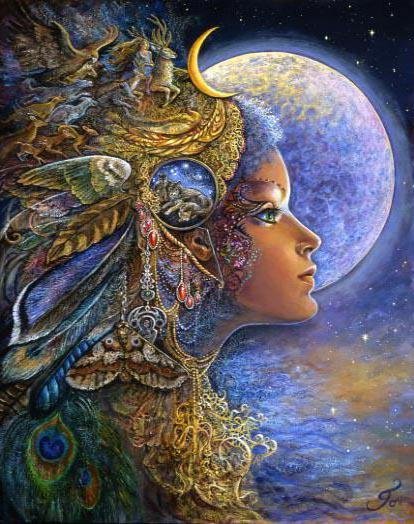
In the old mythologies, there were often two partners. There was Mother Earth, from whom a lot of the mythologies held people and animals and plants were all children of. She often had multiple names, depending on the culture of origin. The Greeks called her Gaia and that is where the whole idea of the Gaia Theory came from. She also had a partner, a husband or mate, that was associated with the sky, hence, Sky Father. I have been using Sky Father as a anthropomorphization of the surprises we have been finding out in the cosmos: exoplanets that don't fit what we thought they would be; dark matter; dark energy; funky stars; etc. I will continue to do so; however, Mother Earth or Mother Nature needs some examining, too. We have some interesting and weird things here on Earth. And some of them are terrifying.
In the West, at least, or perhaps just America, there is this idyllic vision of Mother Nature. Things are beautiful and gentle. Life lives in balance. This is, if at times a little shocking, sweet and perfect. A form of paradise, you might say. And that humanity is the cause of all the ills of the world. I blame Disney, personally, and those who latched onto the idea ever since Bambi. However, while people are making a mess of things today, Mother Nature doesn't need people to be wildly destructive. Mother Nature can and does wipe out her children in a horrifying fashion without people involved whatsoever. If anything, if she were a real being, she'd be looking at humanity's environmental damage being wrecked upon the planet and think, "Amateurs."
Why?
Let me introduce you to 'mass extinctions.'
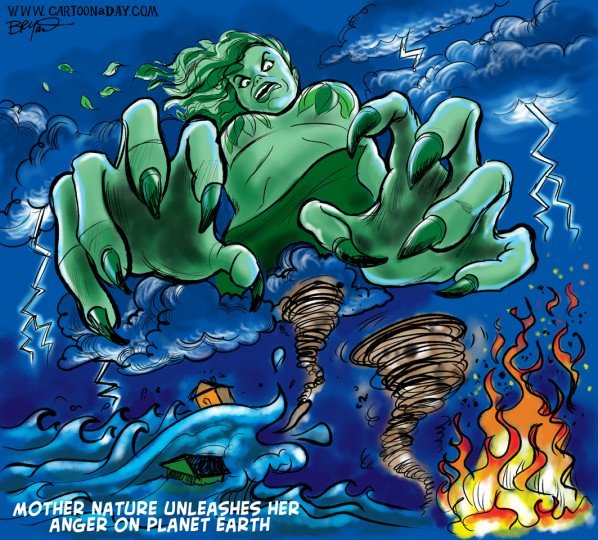
Mass extinctions are events when a very large percentage of life on Earth gets wiped out. Most of the time, it appears to happen very quickly. Quickly is a relative term here. From the point of view of geology, quickly is less than a million years. Some mass extinctions have taken place literally overnight. Others have taken place over thousands of years.
Both are very fast from the geological perspective.
Mass extinctions vary from killing off as little as 20% of life to over 90% of life. One really, really important difference between an extinction and a mass extinction is a mass extinction kills all kinds of life, not just, like say, frogs. If only frogs are dying out, that is NOT a mass extinction, even if every type of frog on the planet gets dumped into the historical and paleontological dust bin. Frogs, other amphibians, fish, mammals, plants, fungi, plankton, etc all have to be affected for a mass extinction.
A mass extinction cannot be in a single locale. If Australia had all the marsupials get wiped out, that would be a regional extinction, so long as the rest of the world was fine. Likewise, the ice sheets that destroyed the rich ecosystem of Antarctica with its forests and animals was not a mass extinction. That, too, was a regional extinction. Mass extinctions are global, not regional or continental.
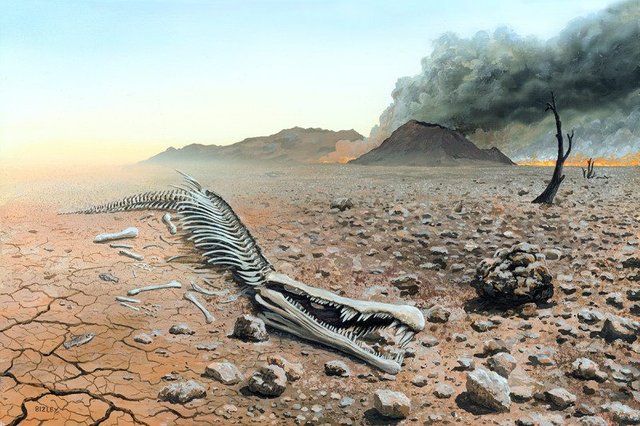
How do you get a mass extinction? It turns out there are multiple ways. Some ways are more common than others. An asteroid appears to have caused the most famous of mass extinctions, the End Cretaceous, where the nonavian dinosaurs were wiped out. They were not alone: 65% of all life died then. Volcanoes caused at least two mass extinctions: the Permian Triassic Mass Extinction was caused by the Siberian Traps in Russia and the Triassic-Jurassic Mass Extinction was caused by the Central Atlantic Magmatic Province. 95% and 50% of life died in each of those. Life might have caused death in the Devonian Mass Extinction: algae might have gone wild combined with the first forests to have killed off 50 to 60% of life in the Devonian Mass Extinction. Poisonous water, from the toxic algae and euxinia from bacteria, combined with the forests growing so much as to trigger an ice age by reducing the amount of carbon dioxide in the atmosphere appear to be the culprits. Euxinia, again, combined with an ice age that reduced available habitats seems to have been the culprit in the Ordovician Mass Extinction. The so-called Sixth Mass Extinction is being driven by people. That is ongoing and has been for over 15,000 years. However, we'll get to that as its a bit different than the others.
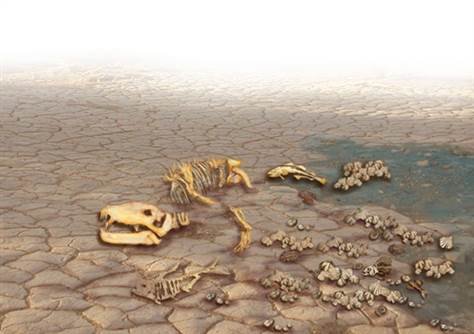
The seven mass extinctions listed above are by no means the only ones. During the time of the dinosaurs alone, there appear to have been at least a dozen. The ones above are just the most famous or most notable. They, for now, appear to be the largest. However, the world is over 4.5 billion years in age and most of those listed happened between 500 million years ago and now. There's plenty of time for there to have been others.
Over the next few 'Earth Mother' posts, I will be discussing each of the 'Big Six Mass Extinctions.' What was killed. How they were killed. What was the environment was like before and after. I will also highlight the differences between the mass extinctions. Some individuals, some of them scientists! want to claim one cause or another, but seem to put blinders on to try to ignore the evidence. They are just people, after all, we all get married to our ideas at times, even if they are wrong.
In all cases, whether by during the Devonian or the Cretaceous or the Permian, in all those mass extinctions, Mother Nature butchered her children. And BOOM. Wiped, well, not completely clean, but close. Mama is scary.
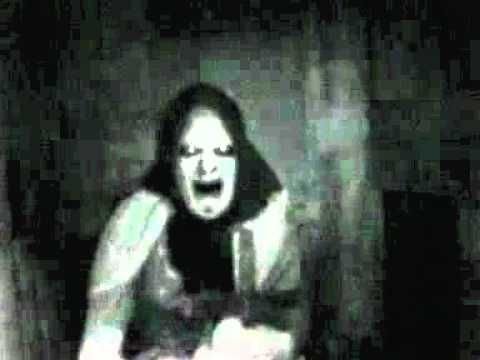
(cites will come in each of the future posts)
So nice post
Thank you.
It's tragic but sadly necessary to raise awareness of the current mass extinction event. I made a short documentary of the recent 'World Scientists' Warning to Humanity' which you might like.
You might also be interested in the burgeoning #ExtinctionRebellion ?
https://theecologist.org/2018/aug/23/extinction-rebellion-diary-1-so-it-has-come